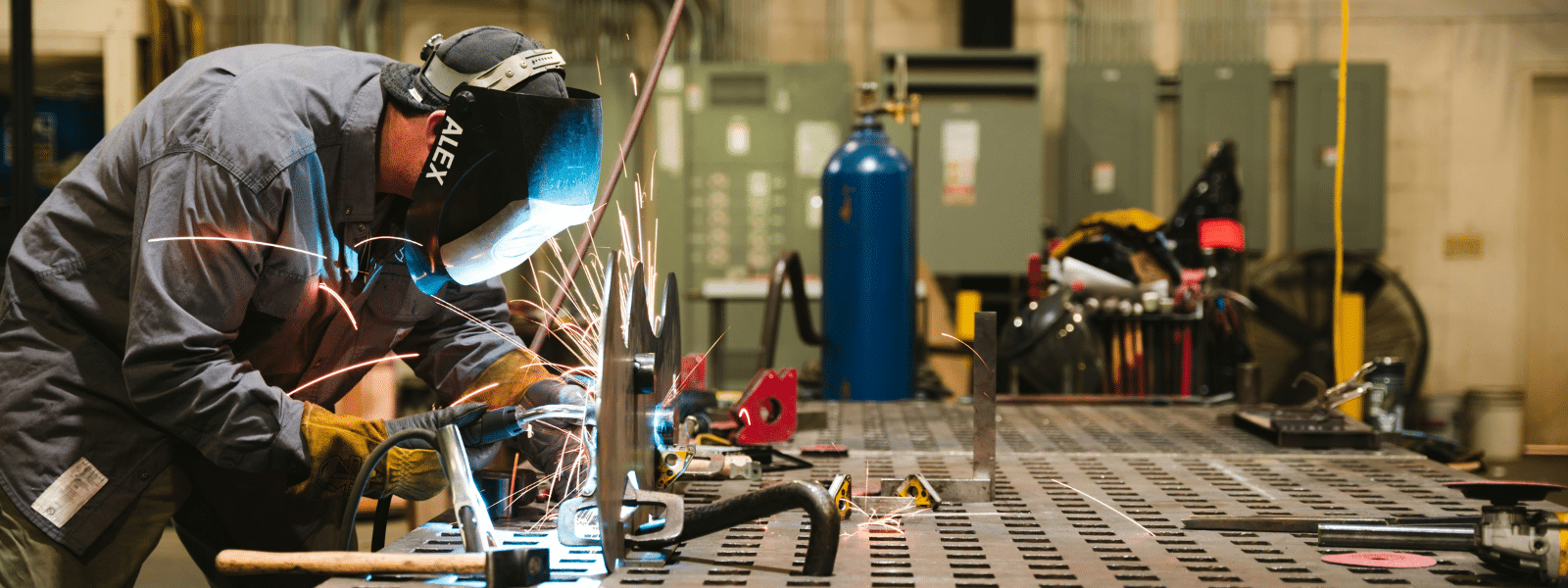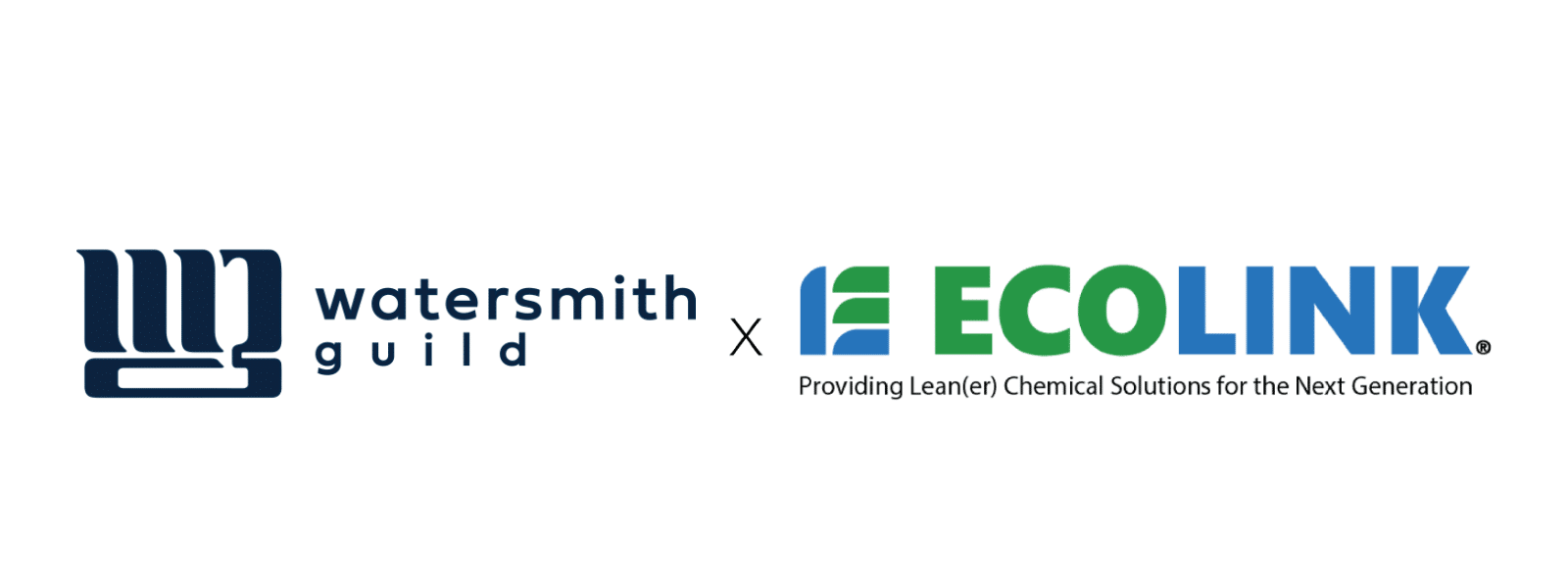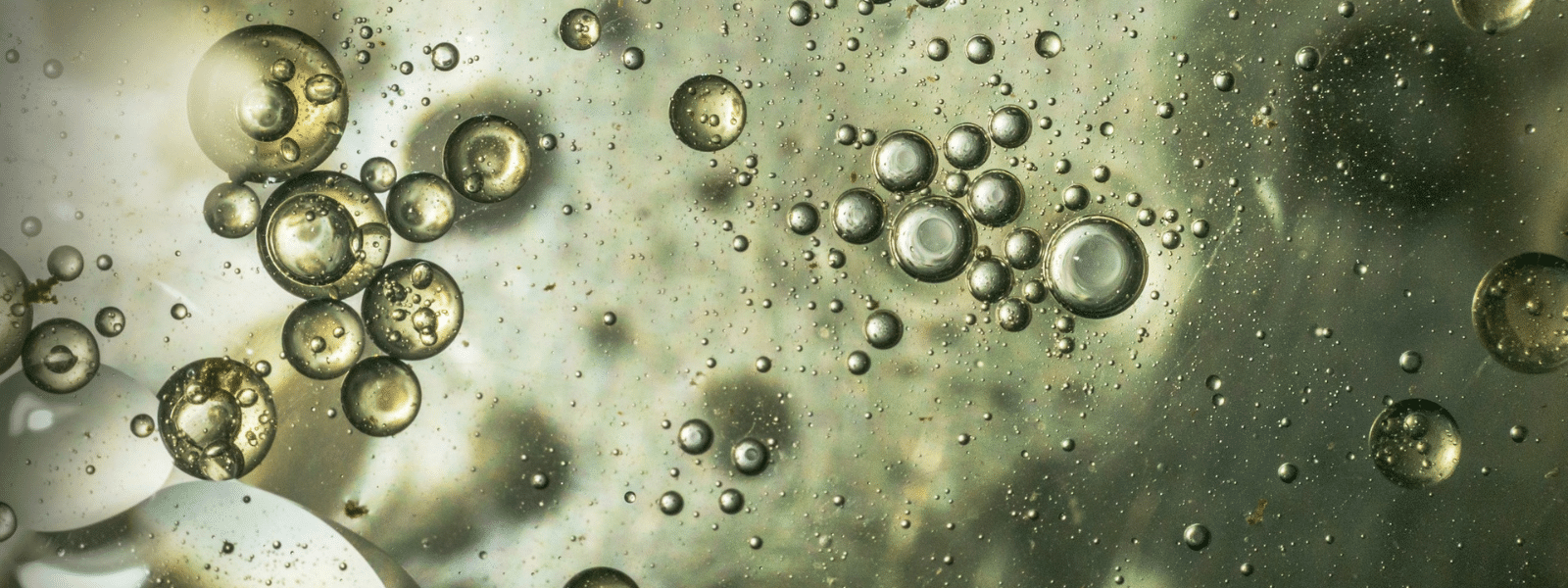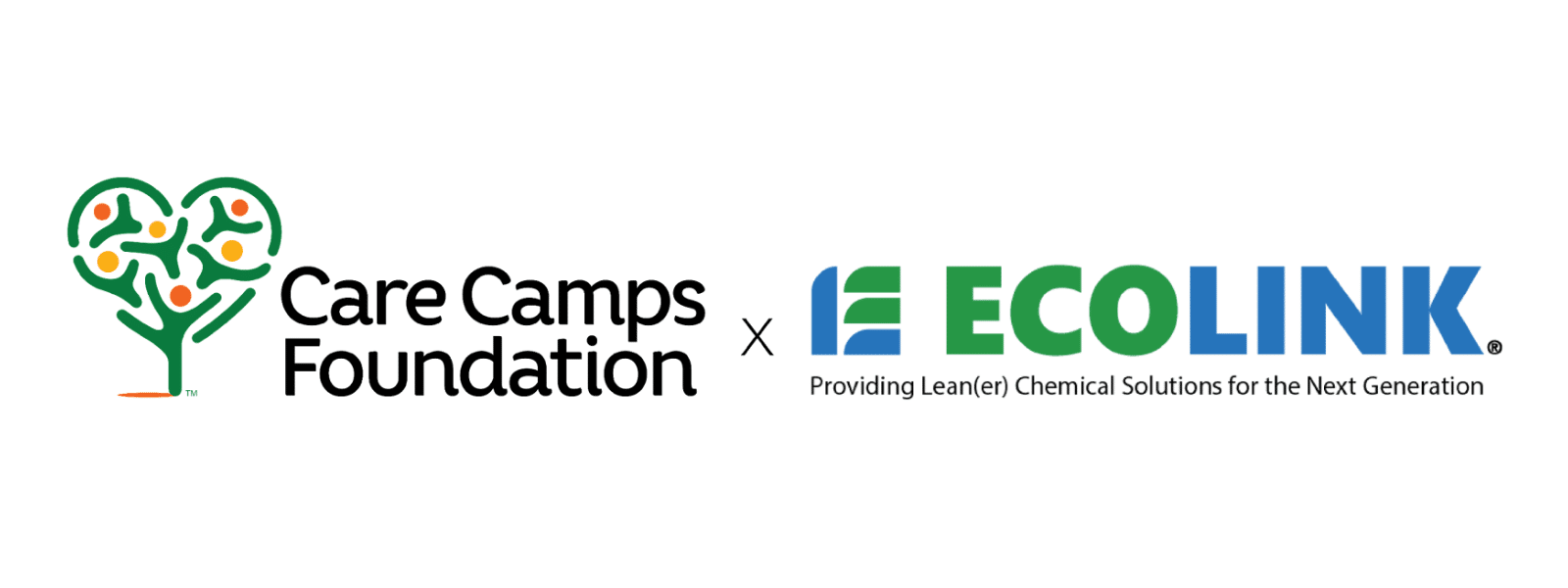The safety of an industrial solvent is partly contextual. For example, while an solvent ingredient that burn skin would be considered dangerous in all cases, an ingredient that combusts at a certain temperature could be dangerous or safe, depending on how and where it’s used.
Nevertheless, there are certain qualities of industrial solvents that generally identify them as “safe” in all situations. Below, we list six of these characteristics to aid you in choosing safe industrial solvents for your cleaning operations.
- No Flashpoint
Simply put, a solvent that has no flashpoint doesn’t burn. You could pour it into a smouldering volcanic crater, and it would vaporize but not ignite. Safe industrial solvents are often identified as having a “high” flashpoint, which is certainly better than a low flashpoint. But no flashpoint is the safest classification of all.
- Dielectric Formulation
A dielectric is a buffer that prevents electricity from flowing from one point to another. When used in solvents, the goal is usually to prevent electricity from energized equipment from moving through the solvent stream and shocking the worker, and possibly exploding the container of solvent. A dielectric isn’t needed for all solvent operations, but it’s never considered dangerous.
- No Hazardous Air Pollutants
The solvents on the Environmental Protection Agency’s (EPA’s) List of Lists aren’t the only ones that emit hazardous air pollutants (HAPs). Trichloroethylene (TCE), for example, isn’t on the list, but it’s now known to have a cancer causing effect. Thanks to the internet, you can usually discover whether a solvent emits HAPs or has other dangerous ingredients just by performing a Google search.
- No Carcinogenic Qualities
Solvents themselves are seldom studied to see if they cause cancer, but animal studies of chemicals used in solvents often reveal whether carcinogenicity is a factor. Carcinogenic chemicals can be especially insidious, as their terrible effect often takes years to develop. By that time, the workers it effects may have shortened lives, and the company that exposed them to the danger could be on the hook for millions of dollars in settlements and legal fees.
- No Acute / Chronic Health Effects
Cancer may be the most fearsome health effect that toxic solvents cause, but it isn’t the only one. Even after workers take basic safety precautions, some solvents cause acute health effects such as blurry vision and dizziness, and chronic effects such as nerve damage and visual impairment. If basic safety precautions don’t eliminate the threat, the solvent really isn’t safe.
Who We Are
Ecolink is an industry-leading supplier of environmentally safe and environmentally preferred industrial solvents. Our solutions can be found at small businesses, midsize organizations, and large corporations throughout the U.S. and beyond. We take pride in supplying dynamic, safe industrial solvents that are friendlier to humans and the environments than toxic chemicals of the past.
To inquire about our products and services, please call us today at (800) 563-1305, or fill out the contact form on our website. We look forward to learning about your needs and seeing how we can help you meet them by supplying safe industrial solvents.















